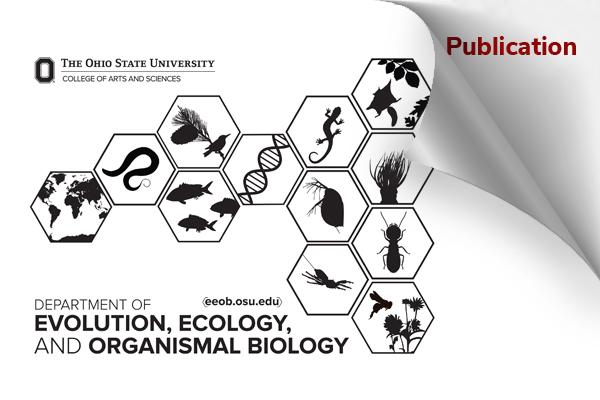EEOB Publication - Berger-Wolf

Building Machine Learning Challenges for Anomaly Detection in Science
Elizabeth G. Campolongo, Yuan-Tang Chou, Ekaterina Govorkova, Wahid Bhimji, Wei-Lun Chao, Chris Harris, Shih-Chieh Hsu, Hilmar Lapp, Mark S. Neubauer, Josephine Namayanja, Aneesh Subramanian, Philip Harris, Advaith Anand, David E. Carlyn, Subhankar Ghosh, Christopher Lawrence, Eric Moreno, Ryan Raikman, Jiaman Wu, Ziheng Zhang, Bayu Adhi, Mohammad Ahmadi Gharehtoragh, Saúl Alonso Monsalve, Marta Babicz, Furqan Baig, Namrata Banerji, William Bardon, Tyler Barna, Tanya Berger-Wolf, Adji Bousso Dieng, Micah Brachman, Quentin Buat, David C.Y. Hui, Phuong Cao, Franco Cerino, Yi-Chun Chang, Shivaji Chaulagain, An-Kai Chen, Deming Chen, Eric Chen, Chia-Jui Chou, Zih-Chen Ciou, Miles Cochran-Branson, Artur Cordeiro Oudot Choi, Michael Coughlin, Matteo Cremonesi, Maria Dadarlat, Peter Darch, Malina Desai, Daniel Diaz, Steven Dillmann, Javier Duarte, Isla Duporge, Urbas Ekka, Saba Entezari Heravi, Hao Fang, Rian Flynn, Geoffrey Fox, Emily Freed, Hang Gao, Jing Gao, Julia Gonski, Matthew Graham, Abolfazl Hashemi, Scott Hauck, James Hazelden, Joshua Henry Peterson, Duc Hoang, Wei Hu, Mirco Huennefeld, David Hyde, Vandana Janeja, Nattapon Jaroenchai, Haoyi Jia, Yunfan Kang, Maksim Kholiavchenko, Elham E. Khoda, Sangin Kim, Aditya Kumar, Bo-Cheng Lai, Trung Le, Chi-Wei Lee, JangHyeon Lee, Shaocheng Lee, Suzan van der Lee, Charles Lewis, Haitong Li, Haoyang Li, Henry Liao, Mia Liu, Xiaolin Liu, Xiulong Liu, Vladimir Loncar, Fangzheng Lyu, Ilya Makarov, Abhishikth Mallampalli Chen-Yu Mao, Alexander Michels, Alexander Migala, Farouk Mokhtar, Mathieu Morlighem et al. (50 additional authors not shown). doi.org/10.48550/arXiv.2503.02112
Scientific discoveries are often made by finding a pattern or object that was not predicted by the known rules of science. Oftentimes, these anomalous events or objects that do not conform to the norms are an indication that the rules of science governing the data are incomplete, and something new needs to be present to explain these unexpected outliers. The challenge of finding anomalies can be confounding since it requires codifying a complete knowledge of the known scientific behaviors and then projecting these known behaviors on the data to look for deviations. When utilizing machine learning, this presents a particular challenge since we require that the model not only understands scientific data perfectly but also recognizes when the data is inconsistent and out of the scope of its trained behavior. In this paper, we present three datasets aimed at developing machine learning-based anomaly detection for disparate scientific domains covering astrophysics, genomics, and polar science. We present the different datasets along with a scheme to make machine learning challenges around the three datasets findable, accessible, interoperable, and reusable (FAIR). Furthermore, we present an approach that generalizes to future machine learning challenges, enabling the possibility of large, more compute-intensive challenges that can ultimately lead to scientific discovery.
